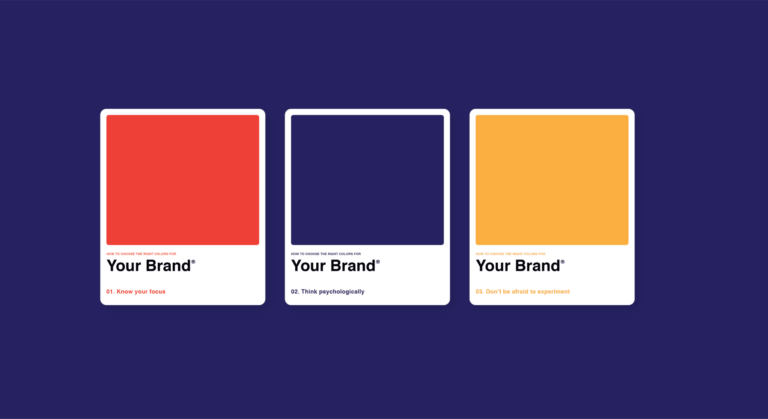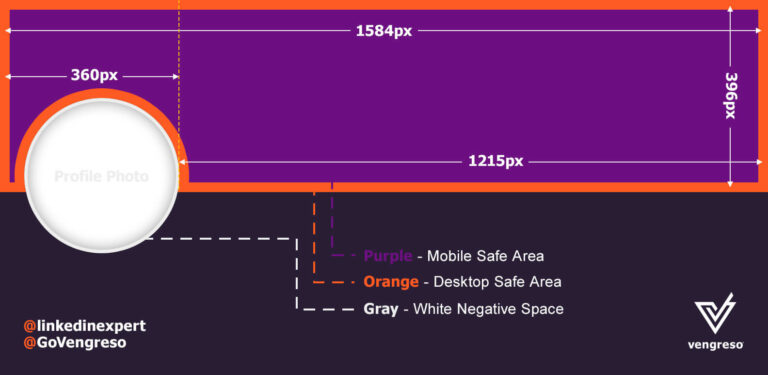Adapting Banner Layouts for Digital and Print Media
Did you know that over 80% of internet users own a smartphone? With the increasing prevalence of digital media consumption, it is crucial for businesses to adapt their banner layouts to effectively engage their target audience.
But how can you ensure that your banner designs translate seamlessly across both digital and print platforms? In this discussion, we will explore the key considerations and strategies for adapting banner layouts, from incorporating responsive design principles to optimizing resolution and file formats.
Stay tuned to discover how you can maintain consistency in branding elements and analyze the performance of your adapted banner layouts to maximize their impact.
Understanding the Differences in Digital and Print Layouts
Understanding the differences in digital and print layouts is essential for creating effective banner designs for both mediums. In the digital realm, banners are primarily viewed on screens, such as computers, tablets, and smartphones. This means that the layout should be optimized for these devices, taking into consideration factors like screen size, resolution, and user interaction. For example, a mobile banner may require a simplified layout with larger text and fewer visual elements to ensure readability on smaller screens.
On the other hand, print banners are physical objects that can be seen and touched. This allows for more creative freedom in terms of size, shape, and materials used. However, it’s important to consider the context in which the print banner will be displayed. Will it be hung on a wall, placed on a table, or held up at an event? The layout should be designed accordingly, taking into account factors like visibility, legibility, and the desired impact on the viewer.
Incorporating Responsive Design Principles for Digital Banners
To create effective digital banners, it’s important to incorporate responsive design principles that optimize the layout for various screen sizes and user interactions. Responsive design ensures that your banners adapt and look great on any device, whether it’s a desktop computer, a tablet, or a smartphone.
One of the key principles of responsive design is fluidity. This means that your banner should be able to resize and adjust its elements proportionally to fit different screen sizes. By using flexible grids and images, you can ensure that your banner retains its visual appeal and readability across devices.
Another important aspect of responsive design is prioritizing content. With limited screen space on mobile devices, it’s crucial to prioritize the most important information and make it easily accessible to users. This can be achieved by using clear and concise headlines, using icons instead of text when possible, and minimizing the number of elements on the banner.
Additionally, responsive design also takes into consideration user interactions. Touch-friendly elements, such as larger buttons and easy-to-use navigation menus, should be incorporated to enhance the user experience on touchscreen devices.
Optimizing Banner Resolution and File Formats for Print Media
When optimizing banner resolution and file formats for print media, it’s important to consider the specific requirements and limitations of the medium. Print media typically requires a higher resolution compared to digital media, as the output quality is crucial for achieving crisp and sharp images. To ensure optimal resolution, it’s recommended to use high-quality images with a resolution of at least 300 dots per inch (DPI). This will help maintain the clarity and detail of the images when printed.
In terms of file formats, the most commonly used format for print media is PDF (Portable Document Format). PDF files are widely accepted by print shops and can preserve the layout, fonts, and images of the original design. Additionally, PDF files can be easily shared and viewed on different devices, making them a convenient choice for print media.
It is also important to consider the color mode when preparing banners for print media. Printers typically use the CMYK color mode, which stands for Cyan, Magenta, Yellow, and Key (black). Therefore, it’s recommended to convert the color mode of your design to CMYK to ensure accurate color reproduction in the final printed output.
Ensuring Consistency in Branding Elements Across Digital and Print Banners
Ensure consistent branding elements across digital and print banners by carefully aligning visual elements, typography, and color schemes.
Consistency in branding is vital for establishing a strong and recognizable brand identity. When adapting banner layouts for different mediums, such as digital and print, it’s crucial to maintain a cohesive and unified look.
Start by ensuring that the visual elements, such as logos and images, are consistent across both digital and print banners. Make sure that they’re properly sized and positioned, and that they maintain the same level of clarity and quality.
Typography is another important aspect to consider. Choose fonts that are legible and reflect your brand’s personality. Use the same font or a similar one for both digital and print banners to maintain consistency. Pay attention to font sizes and spacing to ensure readability and clarity across different mediums.
Color schemes play a significant role in brand recognition. Use the same color palette for digital and print banners to create a cohesive visual experience. Ensure that the colors are accurately represented in both mediums by considering differences in color reproduction and printing processes.
Testing and Analyzing Performance of Adapted Banner Layouts
For effective evaluation of adapted banner layouts, it’s important to test and analyze their performance. Testing allows you to assess how well the adapted banner layouts are performing in terms of their effectiveness and impact on the target audience. By conducting tests, you can gather valuable data and insights that can help you make informed decisions about the layout design and its effectiveness.
To test the performance of adapted banner layouts, you can use various methods such as A/B testing, eye-tracking studies, and user surveys. A/B testing involves creating two versions of the banner layout and measuring which version performs better in terms of click-through rates, conversions, or other key performance indicators. Eye-tracking studies help you understand how users visually interact with the banner layout, providing insights into where their attention is focused and how they navigate through the content. For practical examples of banner designs that could be tested, consider visiting https://biggerbetterbanner.com/product/4×5-banner/. User surveys allow you to gather feedback and opinions from the target audience, helping you understand their preferences and perceptions of the adapted banner layouts.
Once you have gathered the necessary data, it’s crucial to analyze the results to gain meaningful insights. Analyzing the performance of adapted banner layouts involves evaluating the data collected during the testing process and identifying patterns or trends. By analyzing the data, you can determine the strengths and weaknesses of the adapted banner layouts and make informed decisions on how to further optimize their design and performance.
Frequently Asked Questions
How Can I Ensure That My Digital Banner Is Optimized for Different Screen Sizes and Devices?
To ensure your digital banner is optimized for different screen sizes and devices, there are a few key steps you can take.
First, design your banner with a responsive layout that adjusts to different screen sizes. Make sure the text and images are clear and legible on smaller screens.
Test your banner on various devices to ensure it looks and functions properly. Use media queries and flexible grids to adapt the layout accordingly.
Don’t forget to consider load times and file sizes for optimal performance.
What Are the Best Practices for Selecting the Appropriate Image Resolution and File Format for Print Media Banners?
To select the appropriate image resolution and file format for print media banners, you need to consider a few best practices.
First, ensure that the resolution is set to 300 dpi to maintain the quality of the image when printed.
Secondly, choose a file format like TIFF or PDF that supports high-quality printing.
Lastly, make sure to convert any fonts to outlines to avoid any potential issues with font compatibility.
Are There Any Specific Design Guidelines to Follow to Maintain Consistent Branding Elements Across Digital and Print Banners?
To maintain consistent branding elements across digital and print banners, there are a few design guidelines you should follow.
Firstly, use the same logo, fonts, and color scheme in both versions.
Secondly, ensure that the layout and proportions of the banners are similar, so that customers can recognize your brand easily.
Lastly, make sure that the messaging and tone of the banners align with your brand’s identity.
What Tools or Methods Can I Use to Test the Performance and Effectiveness of My Adapted Banner Layouts?
To test the performance and effectiveness of your adapted banner layouts, there are several tools and methods you can use.
One option is to conduct A/B testing, where you compare two versions of the banner to see which one performs better.
You can also use analytics tools to track metrics such as click-through rates and conversions.
Additionally, user surveys and feedback can provide valuable insights into the effectiveness of your banner layouts.
Can You Provide Examples of Successful Banner Layout Adaptations for Both Digital and Print Media?
Sure!
Successful banner layout adaptations for both digital and print media can vary depending on the specific goals and target audience.
However, some common examples include:
– Optimizing the layout for different screen sizes and resolutions in digital media.
– Adjusting the dimensions and typography for effective printing in print media.
It’s important to consider factors like visual hierarchy, readability, and branding consistency in both formats to ensure a successful adaptation.
Conclusion
In conclusion, adapting banner layouts for both digital and print media requires understanding the differences between the two platforms and incorporating responsive design principles for digital banners.
It’s important to optimize resolution and file formats for print media and ensure consistency in branding elements across both formats.
Testing and analyzing the performance of adapted banner layouts will help ensure their effectiveness.
By considering these factors, you can create visually appealing and impactful banners that effectively communicate your brand message across various media channels.


